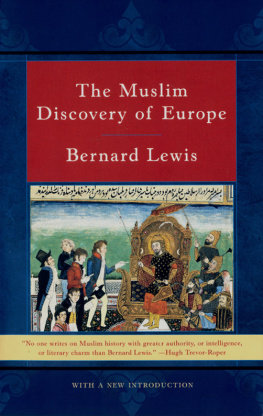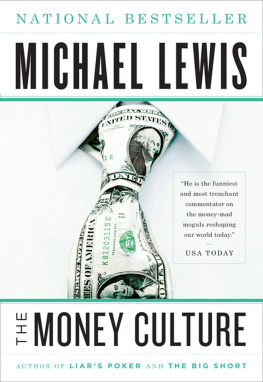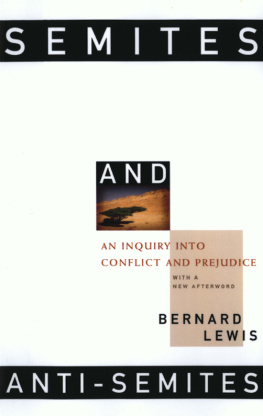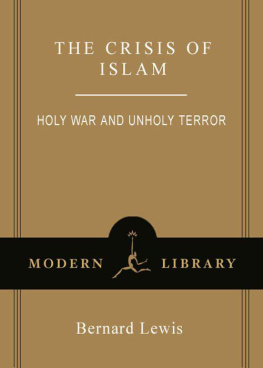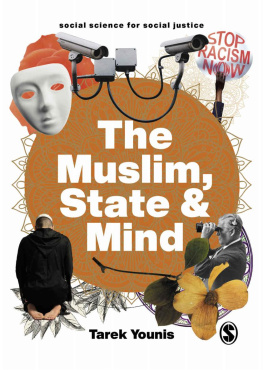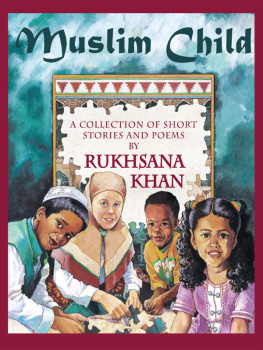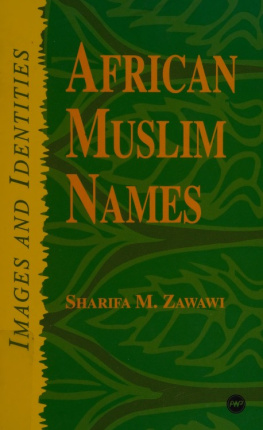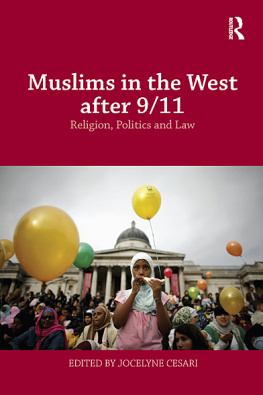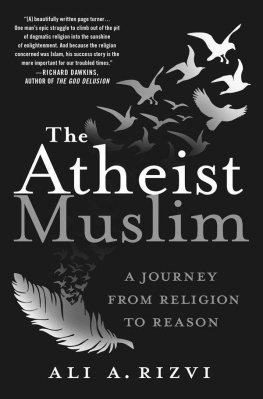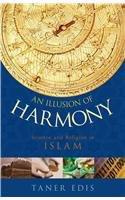The Muslim Discovery of Europe

To the cherished memory
of
Abdlhak Adnan Adivar
Aziz Ahmad
Mujtaba Minovi
Muhammad al-Nuwaihi
Discoverers, Teachers, Friends

Contents

Note on Transcription
Arabic and Persian are transcribed in accordance with the system most commonly used by Islamicists. For Ottoman I have followed the standard orthography of modern Turkish, in which c = j as in jest, = ch as in church, = sh as in sheet and 1 represents a sound somewhere between i as in will and u as in radium. In the text, but not in the notes and references, I have used j instead of the unfamiliar c for Turkish names.

In 1733 Samuel Johnson, then a young man of twenty-four, noted in his first published prose work that a generous and elevated mind is distinguished by nothing more certainly than an eminent degree of curiosity; nor is that curiosity ever more agreeably or usefully employed, than in examining the laws and customs of foreign nations. Almost half a century later, in a conversation with his friend and biographer James Boswell, Johnson returned to the subject. Boswell had remarked: I should wish to go and see some country totally different from what I have been used to; such as Turkey, where religion and everything else are different. To which Johnson replied: Yes, Sir; there are two objects of curiosity,the Christian world, and the Mahometan world. All the rest may be considered as barbarous.
Johnsons dismissal of the great Asian and other civilizations as barbarous is of course absurd but not untypical of the ignorance and prejudice of the time. More interesting is his recognition of Islam as a religiously defined civilization comparable with Christendom, and therefore worthy of study.
Because of the long struggle between the two, fought over centuries and indeed millennia, their essential kinship has often been overlooked on both sides. Yet the two have much in common, and certainly far more in common with each other than either has with those remoter civilizations that Johnson so cavalierly dismissed as barbarous. They share the same roots in the Judaic and Hellenistic traditions and the more ancient civilizations of the Middle East. And to Hellenistic philosophy and science and Judaic prophecy and revelation, they added a further element alien to both: the firm belief, held by the followers of both religions, that they are the exclusive possessors of Gods final truth, which it is their duty to bring, by whatever means, to all humanity.
Between two such claimants, historically consecutive, theologically akin, geographically adjacent, conflict was inevitable.
Christian awareness of the new competing faith began almost immediately after its advent, with the triumphant emergence of the new religion from its Arabian homeland and its spread eastward to the borders of India and China, westward across North Africa and the Mediterranean islands into Europe. The vast majority of converts to the new religion, west of Iran, were converts from Christianity. The lands on the eastern and southern shores of the Mediterranean had been part of the Christian Roman Empire; they became and remained part of the realm of Islam. The advance went even further, including Sicily, which was restored to Christian rule at the end of the eleventh century, and the Iberian peninsula, where eight centuries of Christian-Muslim struggle ended in 1492 with the Christian conquest of Granada, the last center of Muslim power in Spain. For a while it seemed that all Europe was about to be absorbed, as Muslim armies from Spain crossed the Pyrenees and advanced into France, while others moved from conquered Sicily into the Italian mainland. In the year 846 an Arab fleet from Sicily even entered the Tiber, and raiders sacked Ostia and Rome. The Muslim advance on western Europe was eventually held and repelled, but other threats came from the Eastthe Islamized Tatars in Russia and, of far greater importance, the Turks, who conquered all of Greece and the Balkans twice, in 1529 and again in 1683, laid siege to Vienna, in the very heart of Christian Europe.
It is therefore not surprising that medieval Christian Europeans were keenly aware of what they saw as the Muslim threata double threat of both conquest and conversion. Rudimentary prudence dictated that they should learn something about their attackers, and about the religion they professed. Here and there, scholars in Europe, mostly Christian priests, tried to learn something about Islam, and equip themselves to refute its doctrines. A landmark was the completion, in July 1143, of a Latin translation of the Qurn, produced by the English scholar Robert of Ketton under the auspices of the famous Abbot of Cluny, Peter the Venerable.
But the study of Arabic in European Christendom was not restricted to such polemical purposes, which in any case were beginning to lose their urgency. There was another and, in the long run, more compelling motive. The civilization of the Arab Islamic world in the Middle Ages was in every sense on a higher level than that of Christian Europe. In mathematics, medicine and more generally in the sciences, a command of Arabic gave access to the most advanced knowledge existing at the time, specifically to translations of ancient originals, lost and forgotten in Europe, as well as the new material arising from the studies and experiments conducted by scientists in the Islamic world.
By the end of the Middle Ages both motives had lost their force. European scientists had caught up with and were beginning to surpass their colleagues in the Islamic world, and, in Western Europe at least, Christendom no longer felt threatened by either the weight of Muslim arms or the seduction of Muslim teachings. But the study of Arabic and of the culture enshrined in it did not diminish. On the contrary, it increased, but this time with a new motivationthe intellectual curiosity of the Renaissance and, nourishing it, the philological scholarship of the rapidly evolving humanist tradition. Centers of Arabic and related studies developed in most Western countries, and in the course of the sixteenth and early seventeenth centuries became part of the university curriculum.
A modern observer may wonder why so much attention was given to Arabic and so little to Turkish, at that time the language of government and commerce in the Middle East and even to some extent in North Africa. Thus, letters from the rulers of Algiers and Tunis preserved in Western archives are mostly in Turkish, the language of rulers, not Arabic, the language of their subjects.
The answer is clear. There were no chairs of Turkish in European universities for the same reason that there were no chairs of English or French or German. Modern languages were not a fit subject for scholarly teaching and research. Arabic, in contrast, was a classical and scriptural language, worthy to take its place with Latin, Greek and Biblical Hebrew.
Christian Europe had compelling reasons to interest itself in the languages and culture of the Middle East. In addition to the obvious appeal of an older and richer civilization and the even more obvious threat of a powerful and invading enemy, there was the call of religion. For the Christian, even in the far north, the very heart of his religion was in the Holy Land, since the seventh century under Muslim rule. His Bible and the faith that it enshrined had come to him from the Middle East, much of it written in Middle Eastern languages, and recording events in Middle Eastern lands. His places of pilgrimageJerusalem, Bethlehem, Nazarethwere all under Muslim rule, and except for the brief interval of the Crusades it was only by Muslim permission that he could visit them as a pilgrim.

